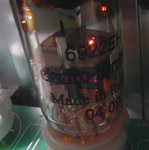Sign in to follow this
Followers
0

[Audiophillia Vol 1] - Rating of Sound Quality
By
neutralzz, in Home Equipment

By
neutralzz, in Home Equipment